If you’re new to baking bread, you’ll need to understand the different types of breads you can make at home. Let’s talk about quick bread vs. yeast bread, as well as how sourdough bread fits in.
When you find your perfect savory loaf, try serving it with this sausage lentil stew!
Originally published in February 2015; this post has been updated.
Just a few generations ago, people would have scoffed at the idea of heading to the store to buy a loaf of bread. Baking bread at home was once the norm, but man, have we stepped far away from that simple activity!
If you’re considering delving into making bread from scratch as part of your efforts toward more self-reliant lifestyle, here’s a very basic look at the different bread types that you can make at home.
Quick Bread
Quick breads are a type of bread leavened with baking soda or baking powder. These are considered chemical leavening agents. (As is cream of tartar, but that’s not as commonly used.)
5 Easy Steps to Transform Your Pantry!
Ready to switch from store bought to homemade? Let me help you make some changes! Grab my FREE five-part guide to getting started.
Wait! What in the world does leavened mean?
Leavening is what causes baked goods to rise. Without some sort of leavening, your bread will be a dense brick.
Quick bread batter usually has a longer ingredients list than yeasted bread and once baked, tends to have a cake-like texture.
Because baking soda and baking powder are fast acting, when you put a loaf of quick bread in the oven, it will begin to rise almost immediately. You might even see the dough begin to bubble a bit while it’s still in the bowl.
As the name implies, quick breads don’t require a lot of time. Mix the baking soda or baking powder into the dry ingredients, add the wet ingredients, bake, and you’re all set. You’ll have a loaf of bread to slice into in about an hour.
Quick breads can be sweet or savory, and they’re not always baked in a loaf pan. Muffins and biscuits fall into the quick bread category, too. Biscuit dough can be rolled and cut, but for ease, I like to use the drop biscuit method (try the recipe on page 48 in my book). Muffins and biscuits require even less baking time than quick bread loaves.
Easy quick bread recipes to try:
- Liliko‘i bread
- Buttermilk biscuits
- Popovers
- Muffins
- Cornbread
- Leftover ham and cheese biscuits
- Chocolate zucchini bread
- Irish soda bread
- Pumpkin bread
- Lemon blueberry quick bread
Yeast Bread
Generally speaking, yeasted breads have a lower fat and sugar content than quick breads. The basic ingredients are often as simple as flour (wheat flour, all-purpose flour, or bread flour can all be used), warm water, yeast, salt, and sugar.
Yeast is a living organism (saccharomyces cerevisiae) that feeds off sugar and starch. As it feeds, yeast releases carbon dioxide gas, which causes dough to rise and is ultimately responsible for light and fluffy baked treats.
Most baking recipes call for active dry yeast. This type of yeast needs to “bloom” before adding it to other ingredients. Instant yeast doesn’t need this proofing process. You can add it straight to your dry baking ingredients. The particles are smaller and dissolve more easily. Instant yeast also works faster and reduces rising times, resulting in a quicker baking process.
You can read more about baking with yeast here.
Yeast breads take a bit more work than quick breads. This type of bread dough requires kneading (though if you have stand mixer with a dough hook, that part’s a snap). It also needs time to rise.
Wait! What in the world does rise mean? When you add yeast to your dough, it causes the process of fermentation to begin. The yeast needs a chance to “consume” the sugar and excrete carbon dioxide and alcohols, making the little air pockets you see in bread.
The good news is, you don’t need to be involved with the rising process for this type of bread. Just cover the dough and let it do its thing. Here’s the most important thing to note, though: Yeast bread is not hard to make.
One notable difference between yeasted breads and (most) quick breads is that yeast bread tends to hold it’s shape and can be baked on a baking sheet.
Making bread from scratch with yeast is a different process than you might be familiar with, sure. But learning how to make bread from scratch is the same as most other cooking: combine ingredients and bake.
These recipes all start with a yeast dough:
- Whole wheat sandwich bread
- Portuguese sweet bread
- French bread
- Rustic no-knead bread
- Potato bread
- Breadsticks
- Dinner rolls
- Soft pretzels
- Pizza dough
- Bagels (these are a bit more involved to make)
- Swedish Cardamom Buns
Sourdough Bread
Honestly, this is my favorite type of bread to eat. A crusty loaf of sourdough bread? There’s nothing that compares!
Sourdough breads are made with a natural leavening agent. You’ve probably heard the term “sourdough starter.” This is an active leavening agent that causes bread to rise.
The sourdough starter begins a slow fermentation process when combined with bread ingredients and the right conditions. Baking bread from scratch with a sourdough starter differs in that it generally takes longer to rise than those made with commercially-produced yeast.
That long rise causes the flours to ferment. Some people find that fermented sourdough breads are easier to digest.
Sourdough can be used to leaven bread, resulting in a crispy crust, or it can be used for items like banana bread, muffins, and pancakes. It kind of muddles the line between quick bread and yeast bread!
To get started with sourdough fermentation, you’ll need to make a sourdough starter. (A good sourdough starter can live for years if well cared for.)
Then give these sourdough recipes a try:
- Sourdough English muffins
- Simple sourdough boule recipe
- Sourdough banana bread
- Sourdough banana nut muffins
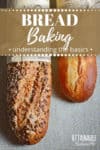
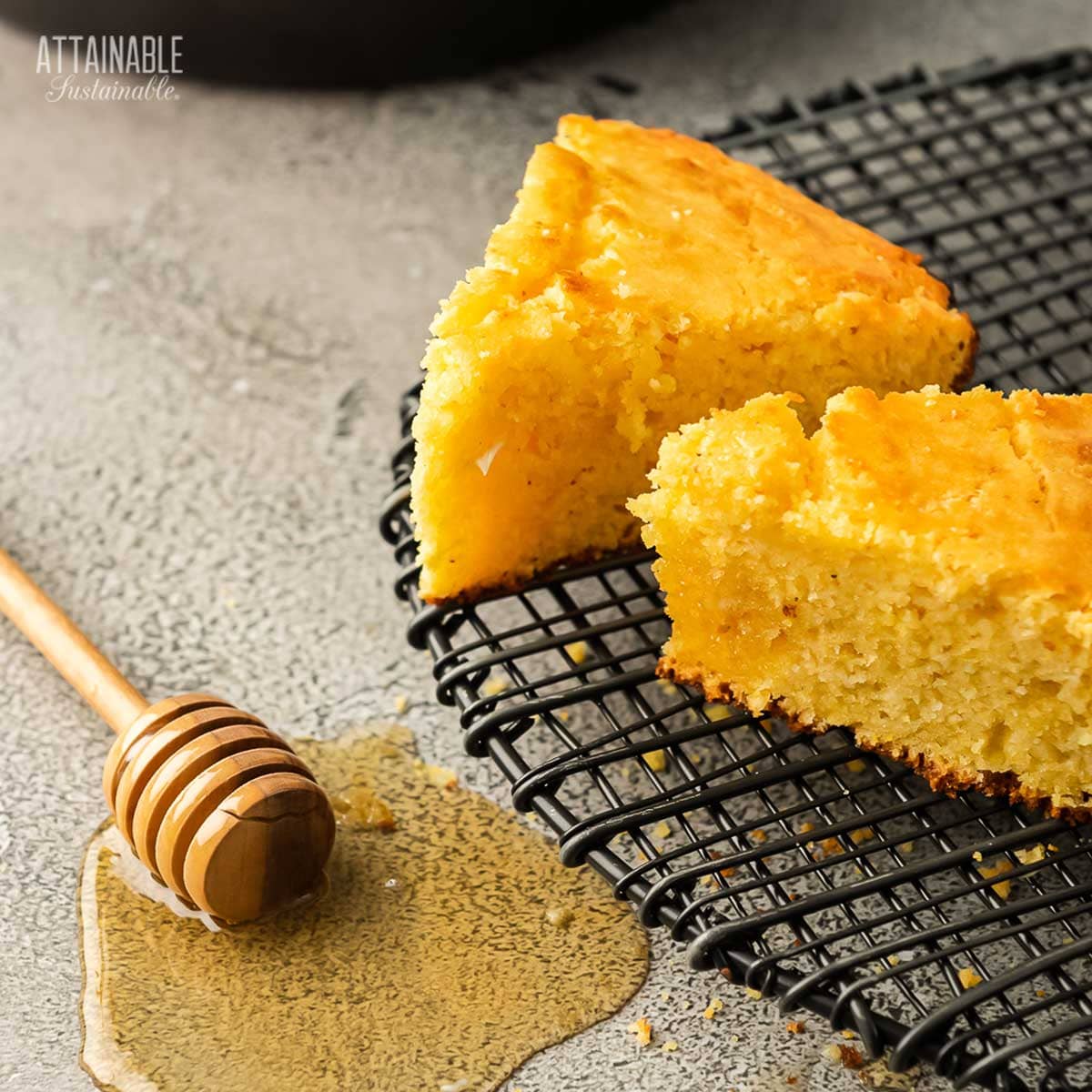
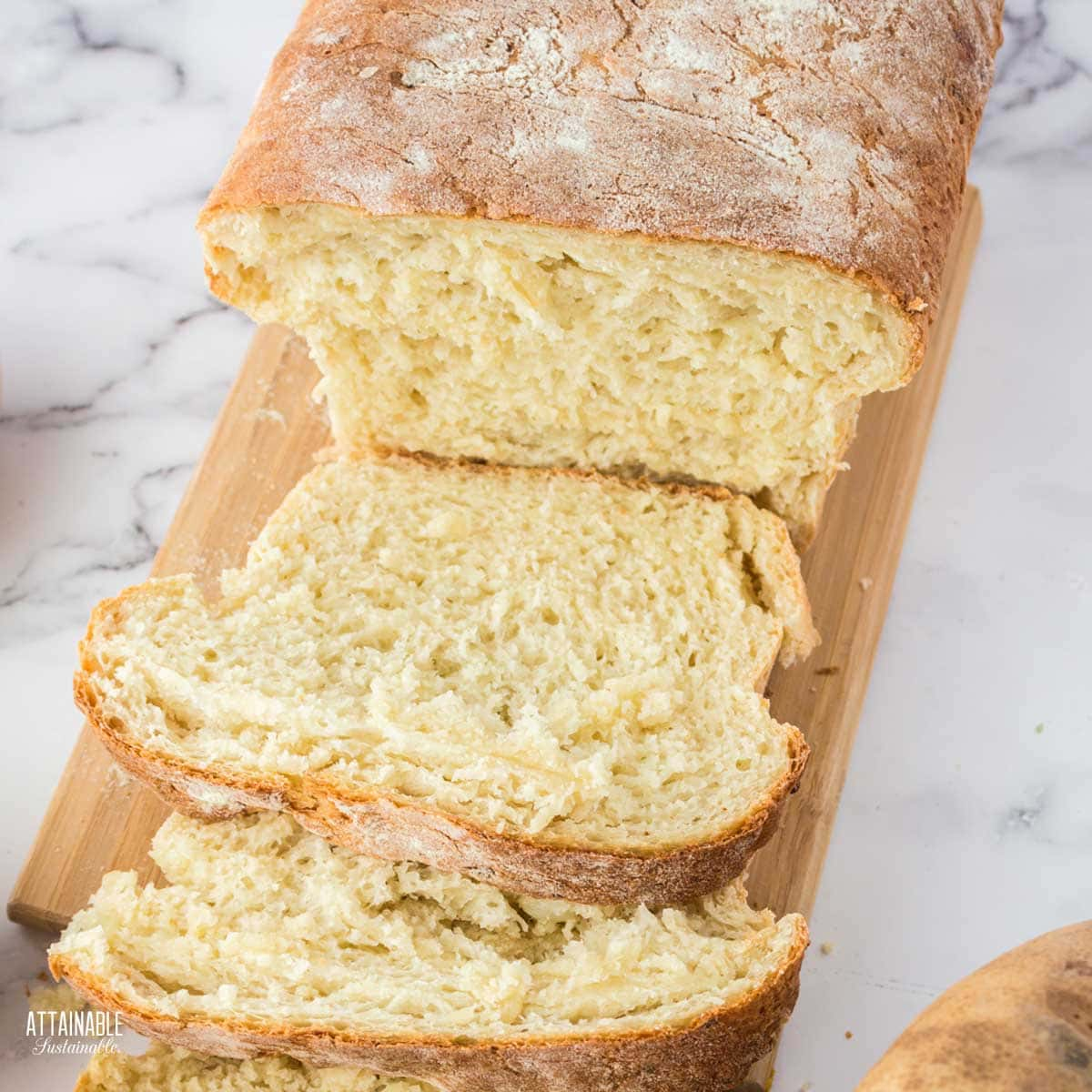
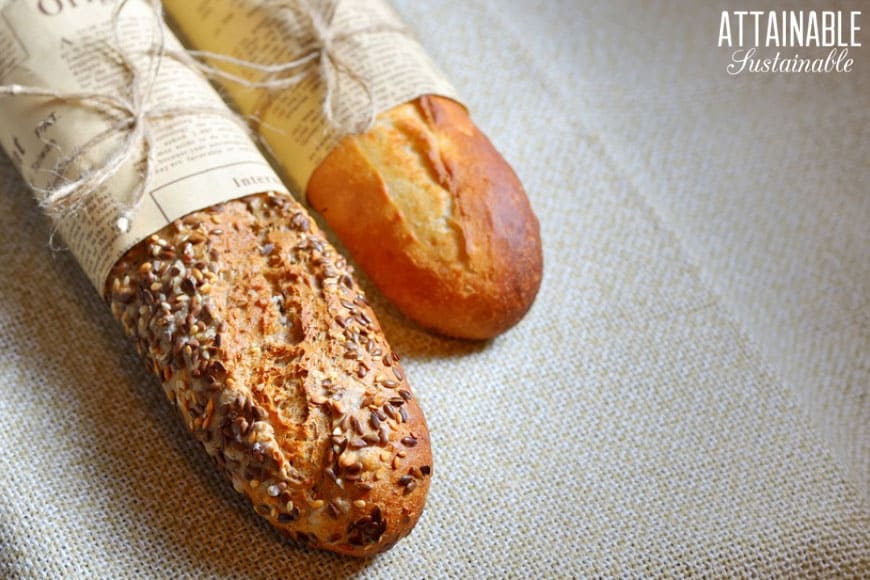
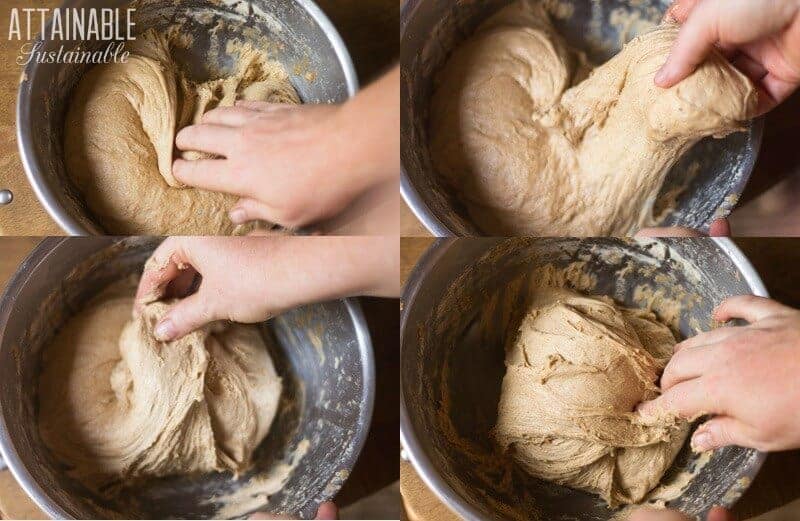
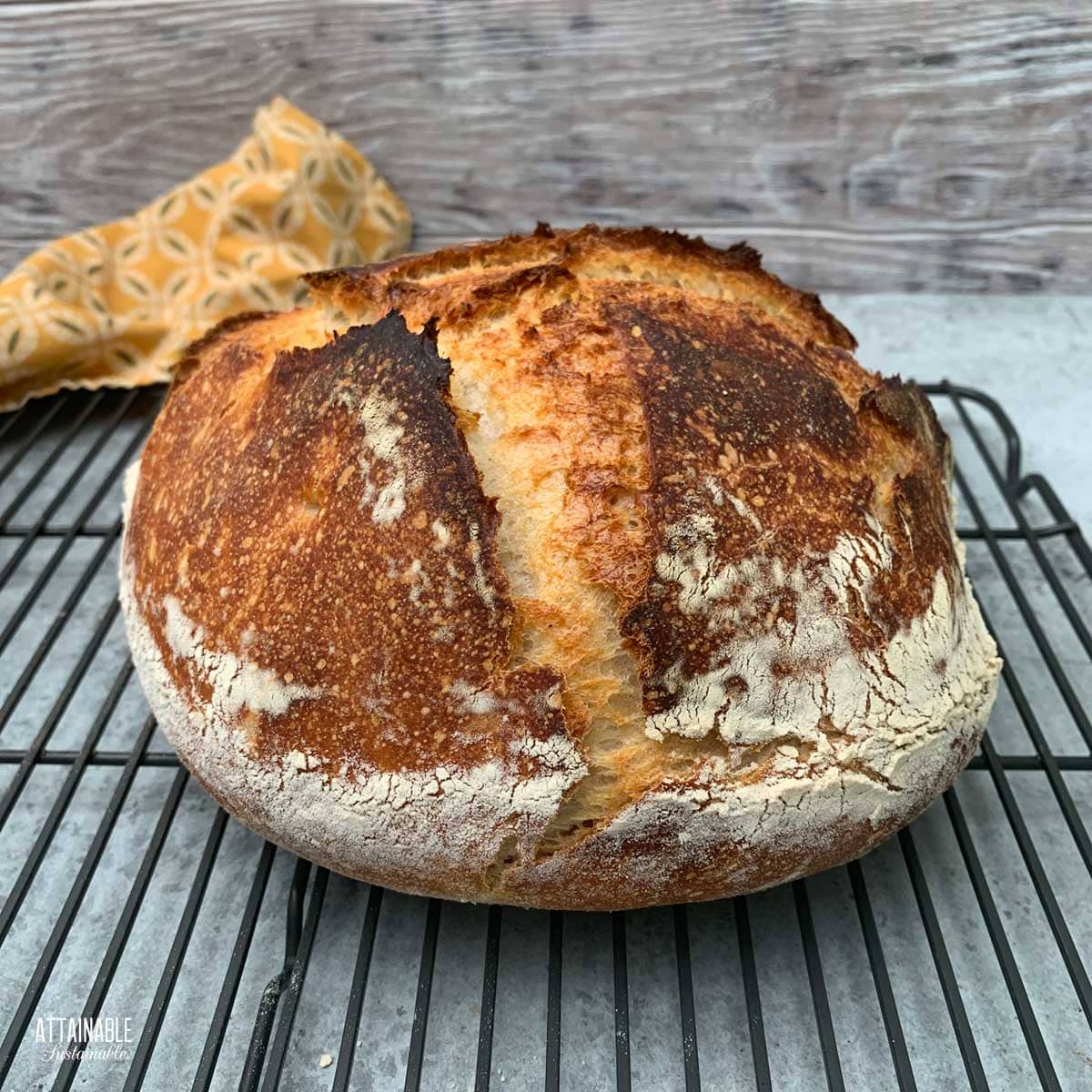
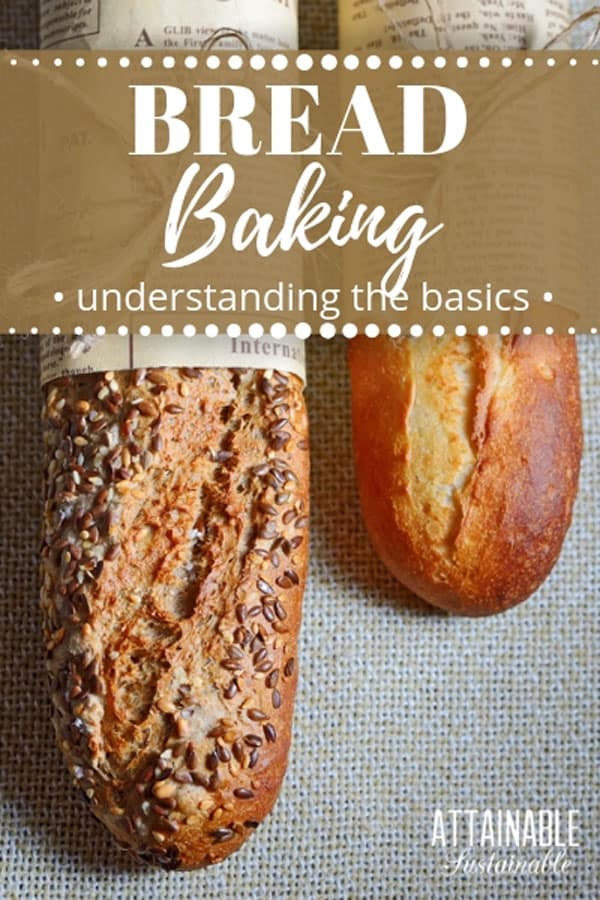





I gave it away a few years back but yeast bread was simple with a bread machine! Yes, I was cheating but it was still delicious all the same. I may buy a new one some day.
Do what works for you!
I am on day 2 of your recipe for no yeast sourdough bread and am excited to try making my first loaf of bread soon. Thank you for the recipe- I will let you know how it turns out.
Thanks! I’ve been making breakfast for years and this was super helpful!
Is there a way to have yeast at home in the kitchen and not have to buy new packets of yeast…like great grandma used to do?
Check out these two posts from my blogging friends: 1. https://www.reformationacres.com/2010/12/sourdough-starter.html 2. https://joybileefarm.com/how-to-make-sourdough-starter/